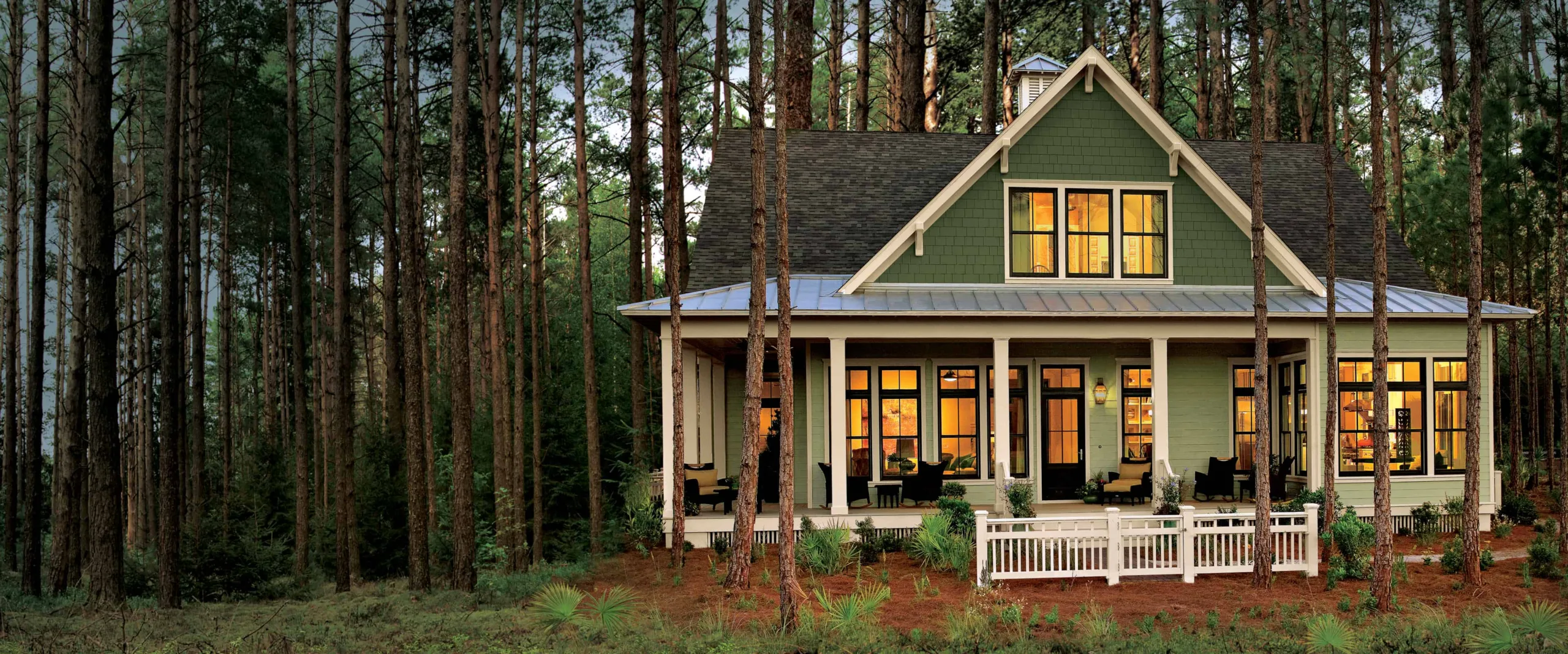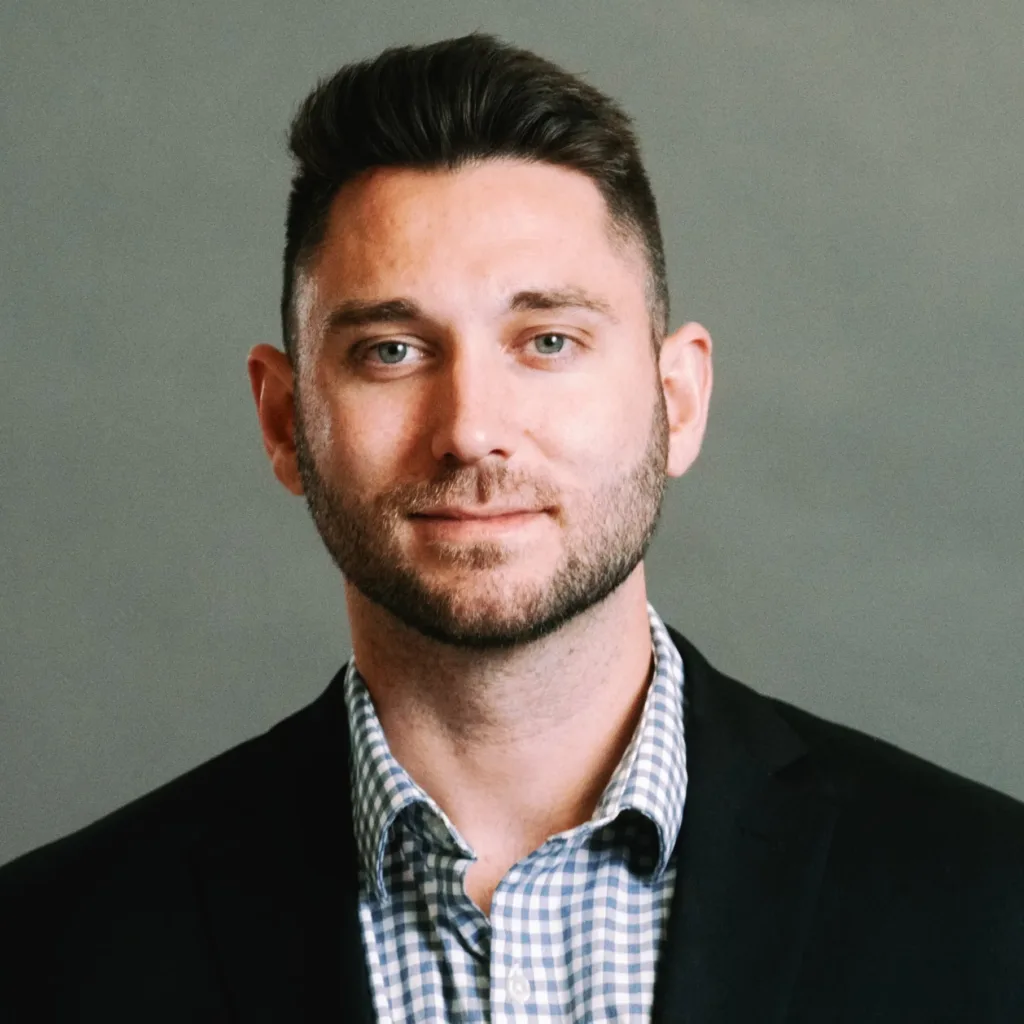Brick and fiber cement are two popular choices for siding materials in residential construction. While both options offer durability and aesthetic appeal, there are notable differences between the two. Brick siding, known for its timeless charm and robustness, has been used for centuries. On the other hand, James Hardie fiber cement siding, a relatively newer innovation, has gained popularity for its versatility and low maintenance requirements. Also, with James Hardie ColorPlus® technology, repainting is unnecessary. Understanding the disparities between brick and fiber cement siding can help you make informed decisions when selecting the ideal siding material for your project. From appearance and cost to installation and longevity, several factors come into play when comparing these two siding options.
Hardie Board vs. Brick: A Breakdown of Differences & Similarities
Appearance
Brick siding exudes a classic and timeless aesthetic. It is available in various colors, textures, and sizes, allowing unlimited design possibilities. The natural beauty of brick can enhance the curb appeal of any building and is often associated with a sense of permanence and quality.
Fiber cement siding, on the other hand, offers versatility in appearance. It can mimic the look of wood. Manufacturers like James Hardie produce fiber cement siding in various textures, patterns, and colors, including DaBella’s exclusive James Hardie colors, enabling homeowners to unlock different architectural styles and design preferences.
Cost Difference
Brick siding is generally more expensive than fiber cement. The cost of bricks and the labor-intensive installation contributes to the higher price tag. Additionally, the weight of bricks requires a sturdy foundation and specialized construction techniques, which can increase overall project costs.
Fiber cement siding is a more cost-effective option. While the initial material cost may be higher than other siding options, such as vinyl and composite, the ease of installation and lower labor requirements can offset these expenses. Moreover, fiber cement siding’s durability, minimal maintenance, and energy efficiency needs can result in long-term cost savings.
Longevity
When comparing the longevity of James Hardie fiber cement siding and brick siding, fiber cement siding indeed has a longer lifespan. While brick siding typically lasts about 20 to 25 years, fiber cement siding, including James Hardie products, can often endure for 40 to 50 years with proper maintenance.
Brick siding’s lifespan depends on numerous factors, such as climate, maintenance practices, and quality of installation. Over time, exposure to weather elements, freeze-thaw cycles, and natural wear and tear can affect the integrity of brick mortar joints, potentially leading to the need for repairs or repointing.
On the other hand, James Hardie fiber cement siding is engineered for durability and longevity. It is designed to withstand harsh weather conditions without significant deterioration, including moisture, UV exposure, and temperature fluctuations. Fiber cement siding can remain in excellent condition with proper installation and maintenance for several decades.
Installation
Installing brick siding is a labor-intensive process that requires a skilled masonry contractor. Each brick gets individually using mortar, and the meticulous craftsmanship ensures a sturdy and visually appealing result. The installation can be time-consuming, particularly for intricate designs or curved walls. Additionally, the weight of bricks necessitates proper structural support.
Fiber cement siding installation is typically less complex when using experienced contractors such as DaBella! It is available in large panels or shingles, making installing it more straightforward and quicker. The lightweight nature of fiber cement allows for more flexibility in terms of installation techniques and reduces the need for specialized support structures.
Maintenance & Durability
Both brick and fiber cement siding are renowned for their durability. Brick siding is resistant to rot, pests, and fire. It can withstand harsh weather conditions and requires minimal maintenance, including a simple cleaning. However, mortar joints may deteriorate over time, requiring repair or repointing.
On the other hand, James Hardie fiber cement siding exhibits exceptional durability, making it a popular choice for homeowners and builders seeking a durable siding option. One key factor contributing to its durability is its remarkable resistance to moisture. Unlike wood and vinyl materials, fiber cement does not rot or warp when exposed to moisture, making it ideal for areas with high humidity, frequent rain, or snowfall. Also, it is highly resistant to mold, mildew, and insect infestation, further enhancing its ability to withstand time.
Another significant aspect of fiber cement siding’s durability is its impressive impact resistance. It can withstand the force of hail and protect against damage from flying debris during storms. This resilience ensures the siding’s longevity and helps maintain its aesthetic appeal, as it remains free from unsightly dents and cracks.
Furthermore, fiber cement siding exhibits excellent resistance to fire. It is non-combustible, meaning the fiber cement material has a high resistance to burning and will not ignite or support combustion when exposed to heat or flame. This feature provides homeowners with a layer of safety and peace of mind.
Regarding weather resistance, fiber cement siding protects against extreme temperature fluctuations, including freezing temperatures and intense heat. It does not expand or contract significantly with changes in weather conditions, minimizing the risk of cracks or other forms of structural damage.
Hardie Board Siding vs. Brick: Which is the Best Choice for Your Home?
Brick Siding
Despite its appealing characteristics, brick siding may only sometimes be the optimal choice for a home due to several factors. One significant drawback is its cost. Brick siding tends to be more expensive than alternative options like vinyl or fiber cement. The materials and the labor-intensive installation process can significantly drive up the overall project expenses. This higher cost may not align with everyone’s budget or financial constraints.
Another limitation of brick siding is its limited design flexibility. While brick offers a timeless and classic appearance, some homeowners may need more versatility. Unlike other siding materials that homeowners can customize to achieve different architectural styles or design preferences, brick siding is more challenging to modify once installed. This lack of flexibility can be restrictive for individuals who wish to experiment with various aesthetics or make future changes to their home’s exterior.
Additionally, brick siding requires skilled masons for installation. The process involves meticulously laying individual bricks with mortar, which can be time-consuming and labor-intensive. This reliance on specialized craftsmanship may result in longer construction timelines and potential scheduling challenges.
Maintenance is another consideration. While brick siding is generally low-maintenance, it is only partially maintenance-free. Over time, mortar joints can deteriorate and require repairs or repointing to maintain the siding’s integrity and aesthetics. This maintenance task can involve significant effort, time, and costs.
Fiber Cement Siding
For several compelling reasons, James Hardie fiber cement siding is widely considered the perfect choice for homeowners looking to replace their siding. One of its key advantages is its exceptional durability. James Hardie fiber cement siding exhibits remarkable longevity with its engineering to withstand harsh weather conditions, including moisture, UV exposure, and temperature fluctuations. It resists rot, warping, cracking, and pests, ensuring the siding remains structurally sound and visually appealing for many years. This longevity reduces the need for frequent maintenance or replacements, providing homeowners with peace of mind and long-term cost savings.
In addition to its durability, James Hardie fiber cement siding boasts excellent weather resistance. It can withstand high winds, hail, and impact from flying debris, protecting the home from potential exterior harm. Its ability to endure extreme temperatures and freeze-thaw cycles without significant expansion or contraction helps maintain its structural integrity. This weather resistance ensures that the siding remains intact and performs well even in challenging climates.
Furthermore, James Hardie fiber cement siding offers the benefit of low maintenance. Unlike wood siding that requires regular painting, staining, and sealing to maintain its appearance and protect against rot, fiber cement siding is low maintenance. It resists fading, chipping, and warping, eliminating the need for frequent touch-ups. Occasional cleaning and inspections are typically sufficient to keep the siding looking its best.
Moreover, James Hardie fiber cement siding is available in many styles, textures, and colors, providing homeowners with ample design options to suit their aesthetic preferences. Whether seeking a traditional or contemporary look, the versatility of fiber cement siding allows homeowners to achieve their desired architectural style. Learn more about the benefits of James Hardie Fiber Cement.
Transform Your Home with DaBella & James Hardie Fiber Cement Siding
Unleash the Power of Durability, Elegance, and Effortless Maintenance! Your home is more than just walls and a roof—it is a sanctuary that reflects your unique style and personality. Imagine transforming it into a captivating masterpiece that stands the test of time.
Introducing DaBella’s exceptional fiber cement siding is the ultimate solution for homeowners who crave beauty and resilience. Our siding combines the artistry of design with the strength of cutting-edge technology, giving your home the makeover it deserves!
Revitalize your home with DaBella’s exquisite fiber cement siding provided by James Hardie. Unleash the power of durability, elegance, and effortless maintenance! Upgrade your home today and discover the perfect blend of style and longevity. Do not miss out – contact DaBella today at 844-DaBella for a transformative siding experience!

